“Clothing”, “food”, and “housing” are the most important components of culture in our daily lives, aren’t they? In this article, we will focus on “clothing” among them. In each region of the world, this “clothing” culture is very varied. It is the result of a complex interaction between the different lifestyles of each region, depending on the geographical features and climate, and the historical background of the region. So the more we examine them in detail, the more we can find that they are not something that can be easily understood all. Well, that’s not unusual. It’s important to try to understand, and it doesn’t matter if you can’t understand all of them. However, by trying to deepen our understanding, we should be able to appreciate the techniques and technologies that have been accumulated throughout history, and the various advantages and virtues that have been created by them, right? Since this is a good opportunity, we hope you to feel the splendor of the Japanese “clothing” culture as well. In this section, we would like to focus on “fabrics”, which are the materials used for clothing. We hope this will be a bit of trigger for your curiosity, even if it is only a little.
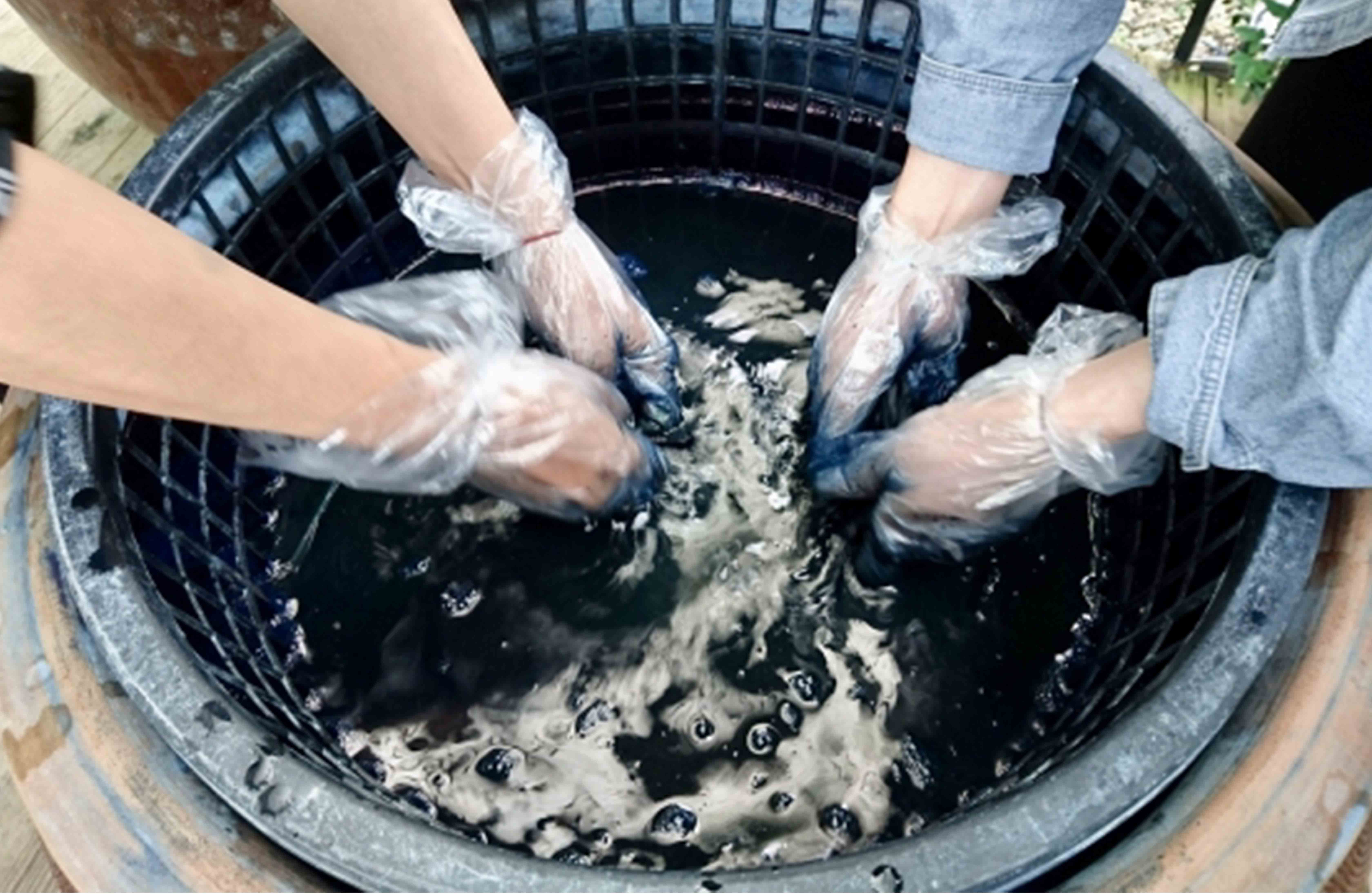
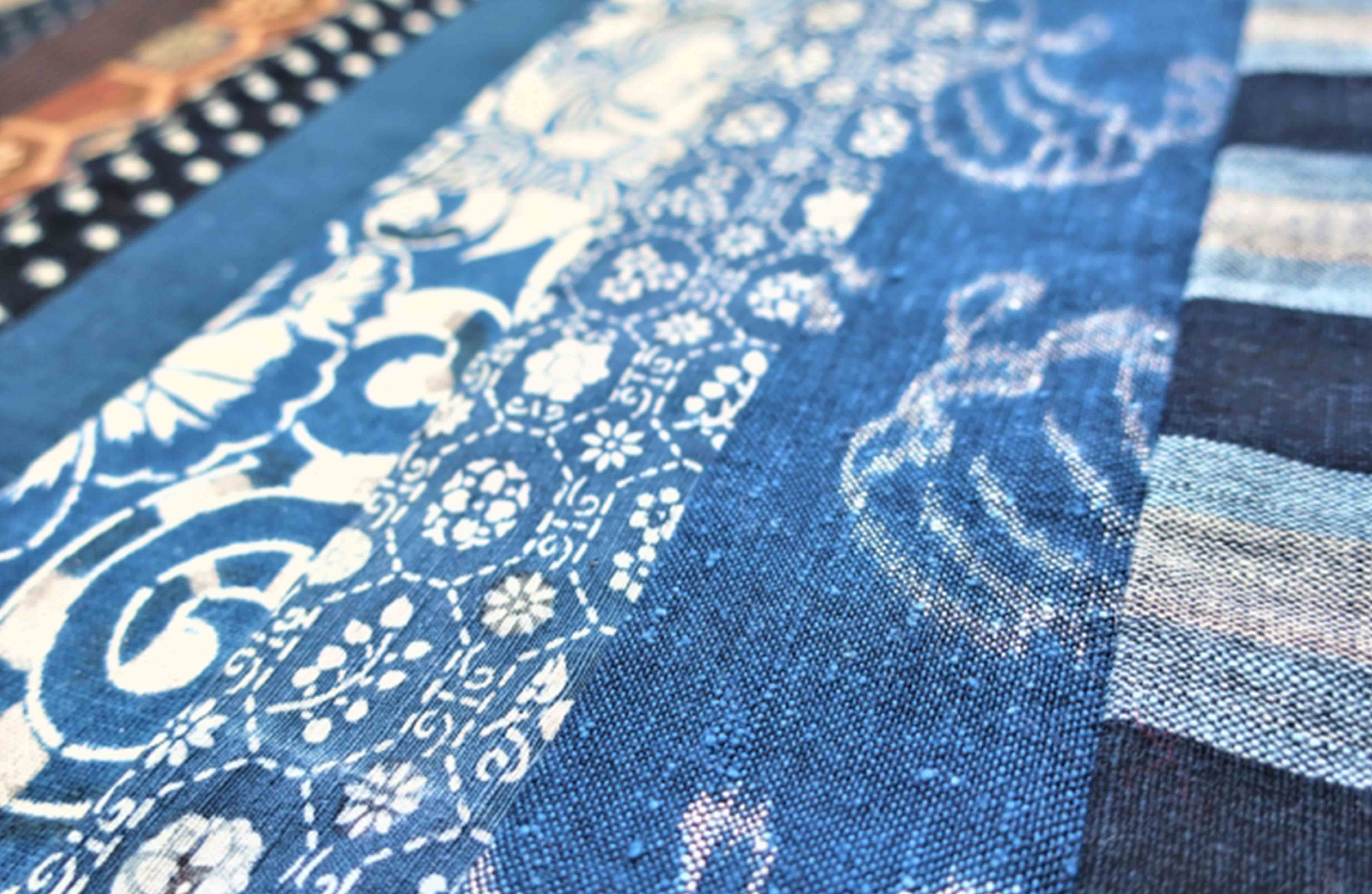
“Fabrics” are the foundation of “clothing” culture. In Japanese “clothing” culture, these “fabrics” can be divided into two main categories. “Ori-mono (Weaving)” and “Some-mono (Dyeing)”. “Ori-mono” is a fabric in which the fibers are dyed first in the process before interweaving. “Some-mono”, on the other hand, is a fabric that has been dyed after it has been woven. The texture of fabric varies depending not only on the raw material of the yarn, but also on the way the yarn is twisted and woven. These textures are like “touch”, “color”, and “gloss”, it is called “Fu-ai” in Japanese. Of course, the pattern of the “fabric” will be different as well depending on them. How to preprocess the yarns for weaving “fabric”? How to weave?
Also, at what step in the process of making the “fabric”, how is the “dyeing” process done? These are the factors that create the characteristics of the “fabric”. And these characteristics vary from region to region in Japan, right? Probably, they had to devise various ways to adapt to each of their lifestyles, because the geographical features and climate of each region were quite complex. It is also considered that the way these technologies and techniques spread to each region were very various. Therefore, it is very interesting to see how each region you visit produces its own unique “fabric”. We are sure you will enjoy it.
Now, we would like to make a brief introduction of the characteristic types of “Ori-mono” and “Some-mono” fabrics. We hope you will pay attention to the wonderful sense of naming each of them, or rather, the sound of their names.
“Ori-mono”
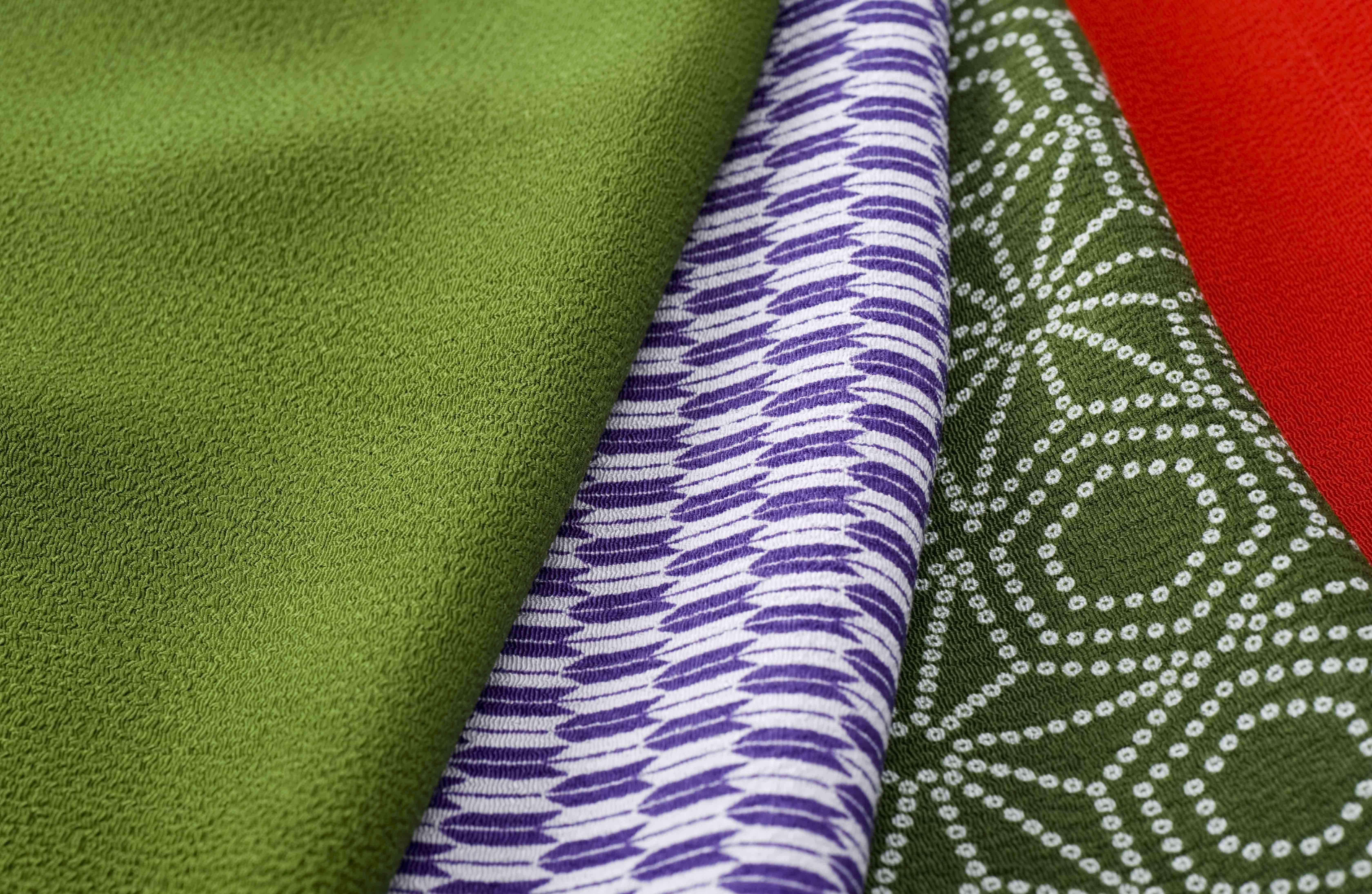
・Kasuri
This is a textile with a characteristic pattern that looks like it has been “grazed” or “rubbed”. The “Kasuri-pattern” is created by dyeing the threads partially when weaving the “fabric”.
・Tsumugi
A type of silk fabric using threads spun from the cocoons of silkworms. However, instead of using raw silk, they use twisted silk thread (it is called “tsumugi-thread”) from cocoons that have been made into cotton. Because the thickness of the yarn is not constant, the texture and touch of the fabric is coarser than that of silk fabric made of raw silk.
・Chirimen
It is a kind of silk fabric. By weaving with warp yarns with little twisting and weft yarns with strong twisting, the surface of the “fabric” has a unique gloss. The unevenness of the fine wrinkles on the surface of the “fabric” gives depth to the dyeing.
・Chijimi
Compared to “Chirimen” fabric, the weft yarn is twisted more strongly to create fine wrinkles on the surface of the “fabric”. Besides silk yarn, cotton and hemp are also commonly used. It has a unique texture.
“Some-mono”
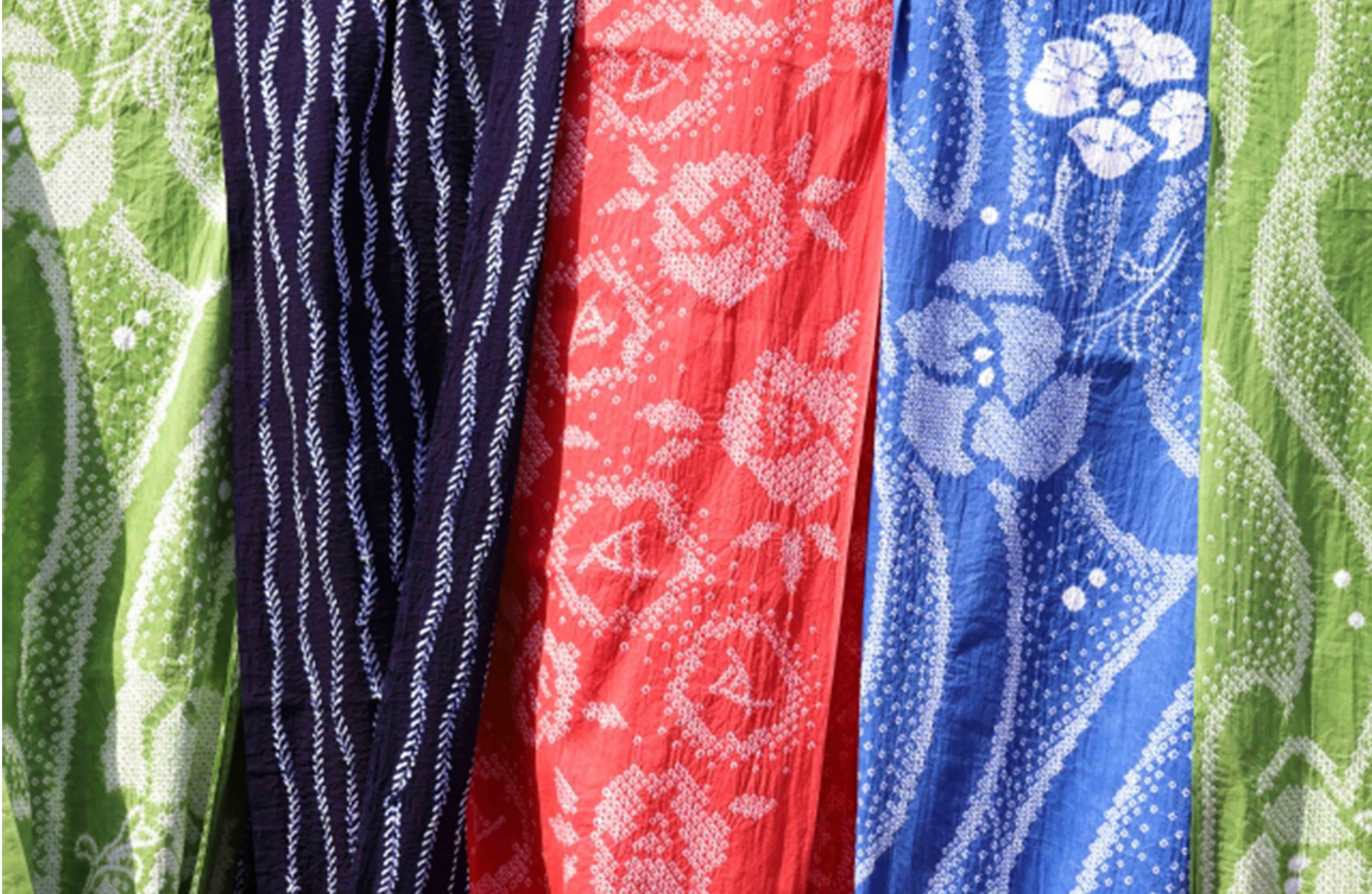
・Yuzen
This is one of the representative dyeing methods for pattern dyeing. After the “fabric” is made into a “kimono”, the underpainting is drawn, and the dyeing is done by placing glue on the surface so that the colors of the underpainting do not mix with each other.
・Komon
This is a method of dyeing by placing glue with some kinds of stencils. The characteristic of this method is that it produces a certain pattern of designs and patterns.
・Chugata
This is a method of dyeing using a slightly larger paper pattern (it is called “Chugata”) than that used in “Komon”. Since it was often used as fabric for “yukata”, “yukata” was often called “Chugata” in the Edo period.
・Shibori
It is characterized by its unique pattern, which is created by binding a part of the fabric with thread and dyeing it. This pattern is called “Shibori”.
・Chuzen
This is a method of dyeing by placing stencils on the part of the fabric to be dyed, making a bank, and pouring dye inside the bank.
・Ai-zome
Dyeing using the plant “Ai” as a dye. Of course, it is characterized by its unique blue color.
Nowadays, “Ori-mono” and “Some-mono” can be used for more than just clothing. It is used as a material for a variety of items used in daily life. Hats and other ornaments, bags, purses, etc… There are many items made of fabric around us, so we think you can find many items that can be used in daily life.



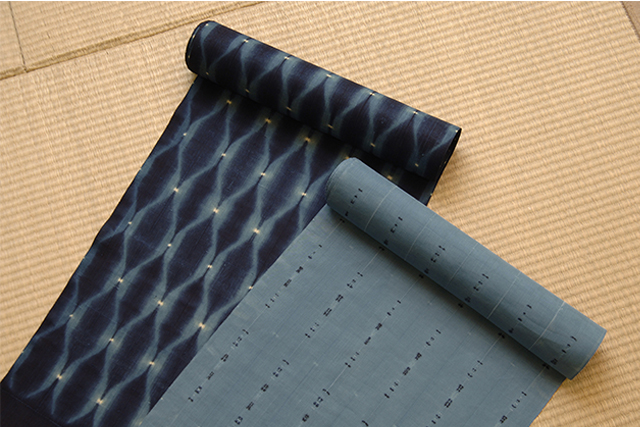
_op.png)
_001.png)
_002.png)
_003.png)
_004.png)
_005.png)
_006.png)
_007.png)
_008.png)
_009.png)
_010.png)
_011.png)
_012.png)
_013.png)
_014.png)
_015.png)
_016.png)
